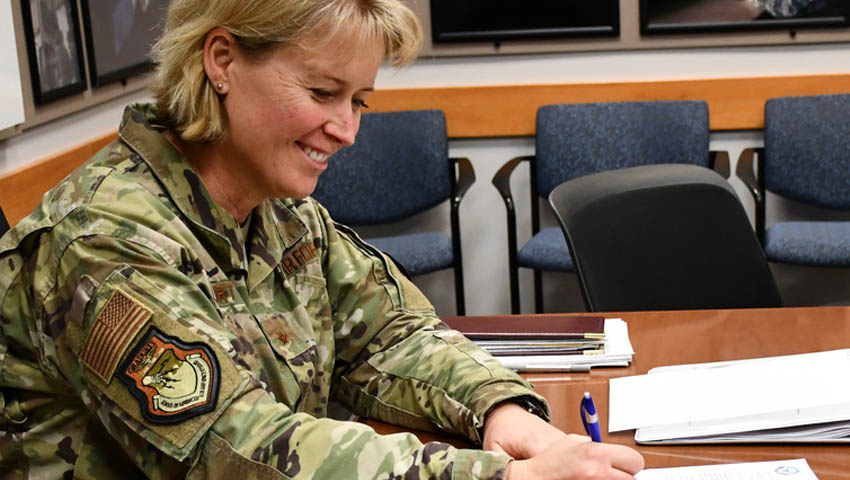US Space Force officials formally declared initial operational capability and operational acceptance of the Space Fence radar system, located on Kwajalein Island in the Republic of the Marshall Islands.
To continue reading the rest of this article, please log in.
Create free account to get unlimited news articles and more!
Space Fence provides significantly improved space surveillance capabilities to detect and track orbiting objects such as commercial and military satellites, depleted rocket boosters and space debris in low, medium, and geosynchronous Earth orbit regimes.
Before Space Fence, the Space Surveillance Network (SSN) tracked more than 26,000 objects. With the initial operational capability and operational acceptance of Space Fence, the catalogue size is expected to increase significantly over time. Information about objects tracked by the SSN is placed in the space catalogue on www.space-track.org.
General Jay Raymond, Chief of Space Operations, USSF and Commander, US Space Command, welcomed the milestone, saying, “Space Fence is revolutionising the way we view space by providing timely, precise orbital data on objects that threaten both manned and unmanned military and commercial space assets.”
The Space Fence Program Office (AFLCMC/HBQB) operating under the acquisition authority of the Space and Missile System Centre awarded a contract to the Lockheed Martin in June 2014 to develop Space Fence.
“Our space capabilities are critical to our national defence and way of life, which is why Space Fence is so important to enhance our ability to identify, characterise and track threats to those systems,” Gen Raymond added.
This system is the most sensitive search radar in the SSN, capable of detecting objects in orbit as small as a marble in low-Earth orbit (LEO).
Space Fence is operated by the 20th Space Control Squadron (SPCS), Detachment 4, at the Space Fence Operations Centre in Huntsville, Alabama, and provides data to the 18 SPCS located at Vandenberg Air Force Base, California.
Lieutenant Colonel David Tipton, 20th SPCS commander, said, “Space is now recognised as a congested and contested domain and Space Fence is the next evolution in our efforts to maintain space superiority.”
The 18 SPCS uses the data from Space Fence and other sensors within the SSN to maintain the space object catalog and screen operational satellites, both manoeuvrable and non-manoeuvrable, against all objects in the space catalogue, which includes satellites, rocket bodies and debris.
Space Fence provides precise positional data for space domain awareness to maintain a robust and accurate space object catalogue, ensure orbital safety, and provide early warning for conjunction events and indications of potential threats.
Both the 18th SPCS and 20th SPCS are part of the 21st Space Wing, headquartered at Peterson Air Force Base in Colorado Springs, Colorado. The 21st SW is the Department of the Air Force’s only wing providing ground-based missile warning, missile defence and space surveillance data in defence of North America and its allies.
Stephen Kuper
Steve has an extensive career across government, defence industry and advocacy, having previously worked for cabinet ministers at both Federal and State levels.

 Login
Login








